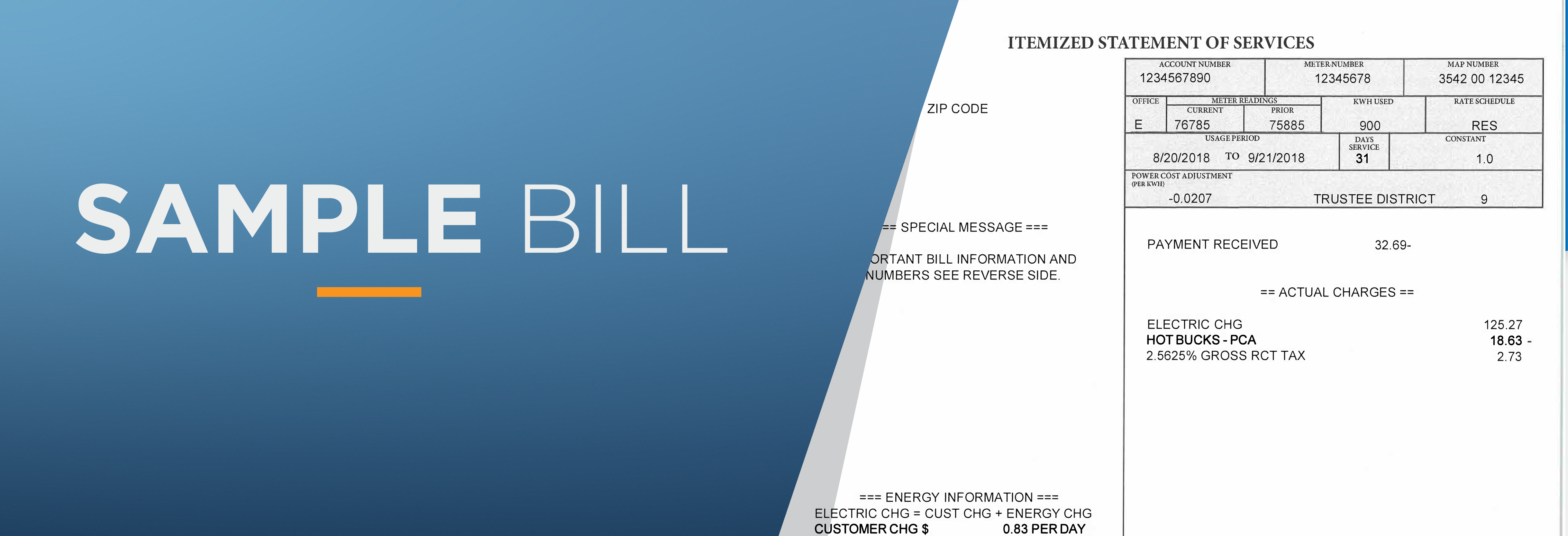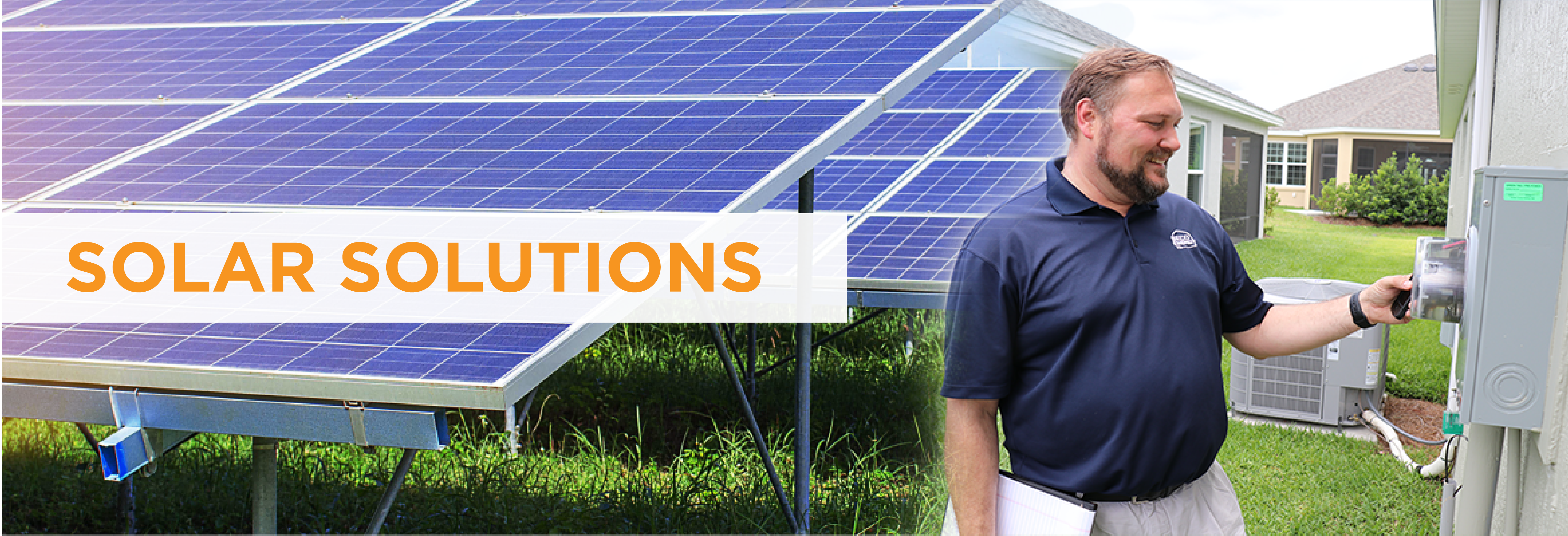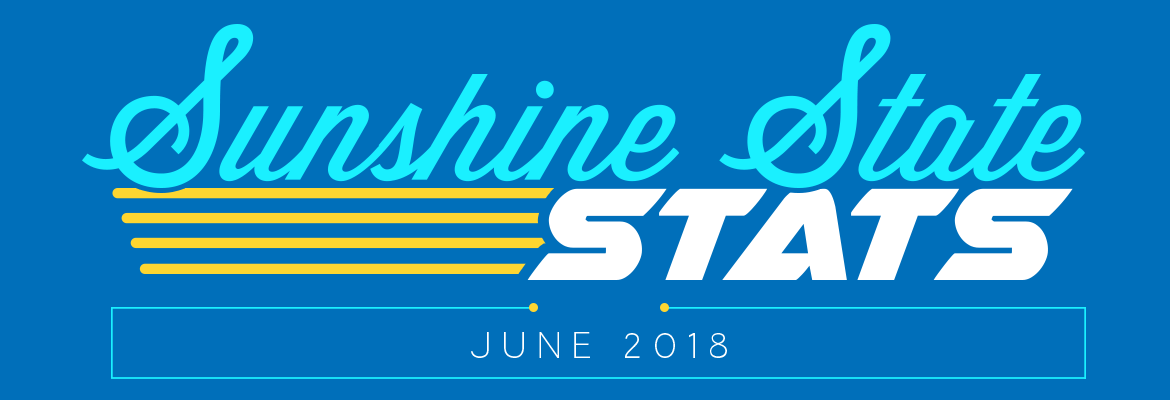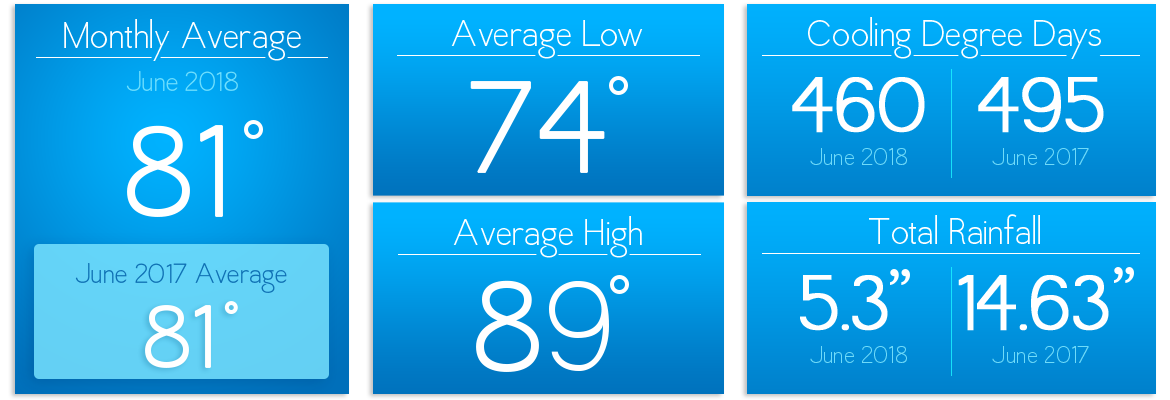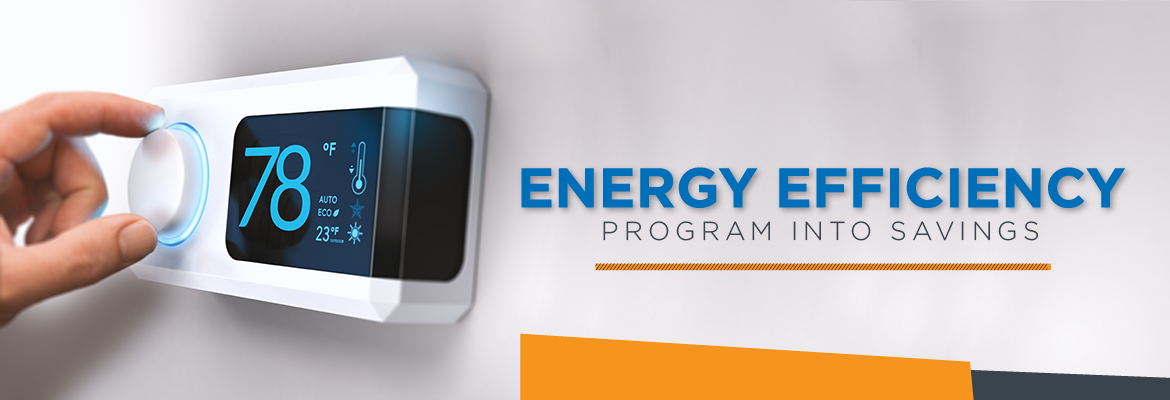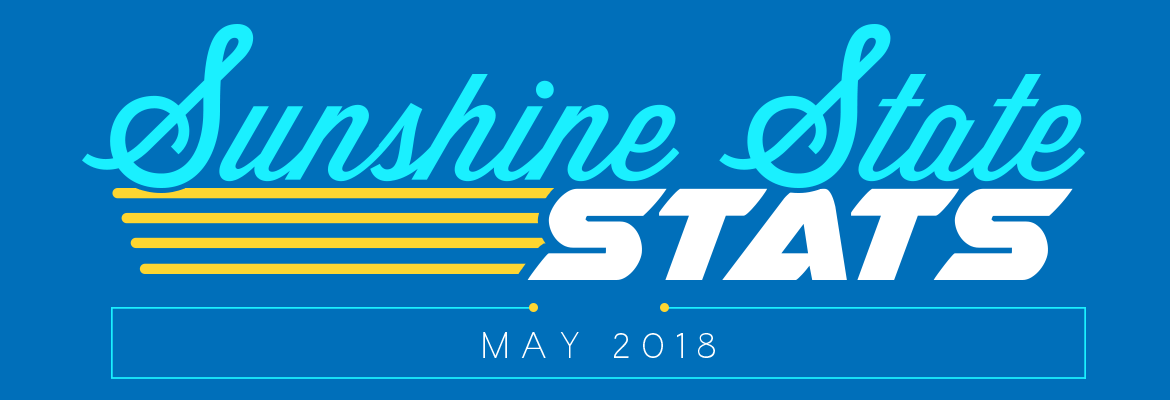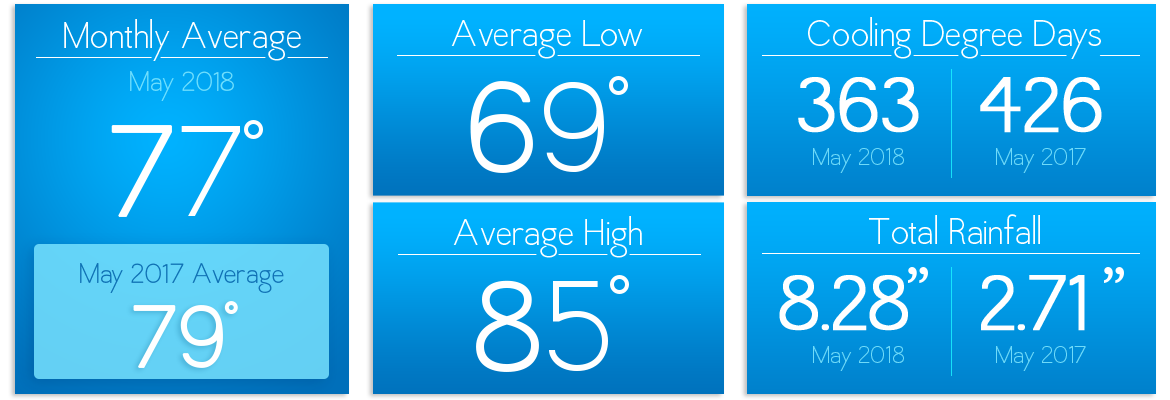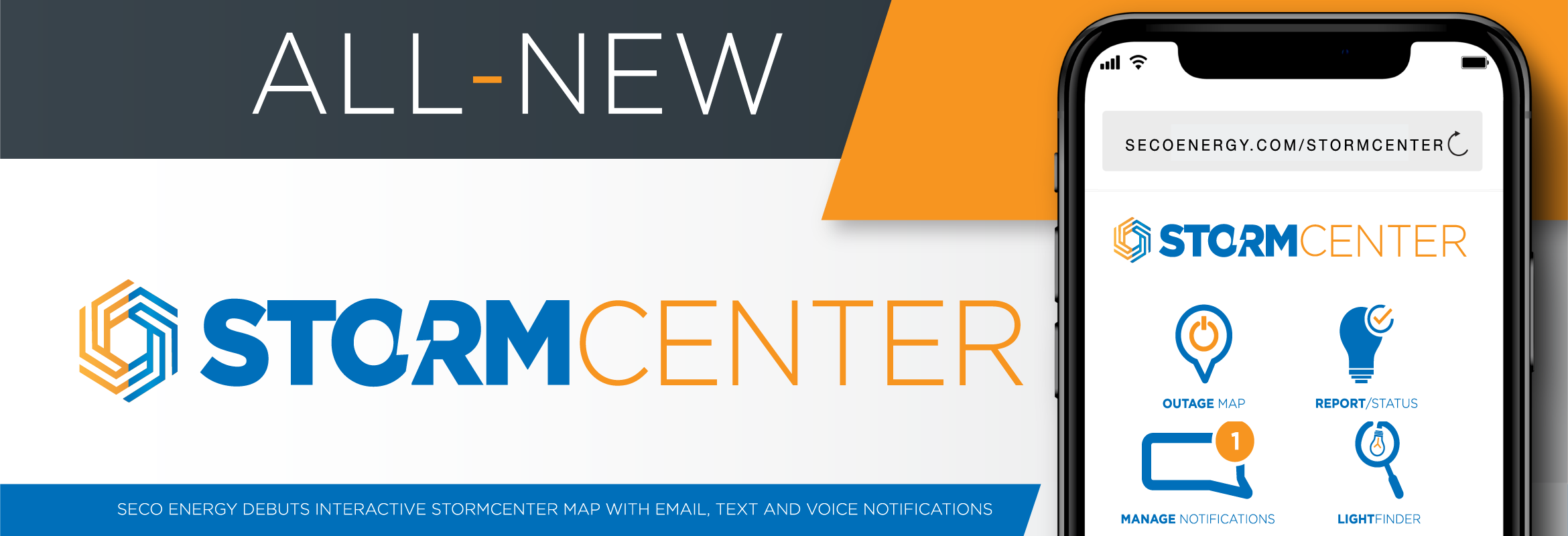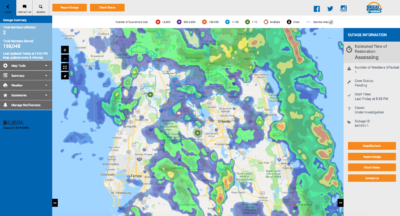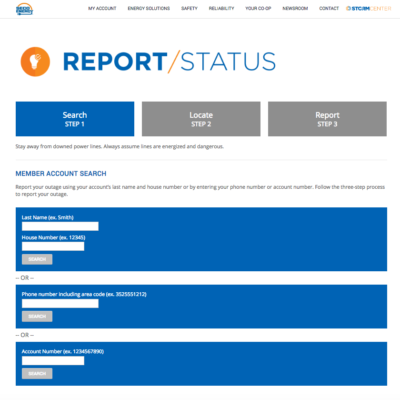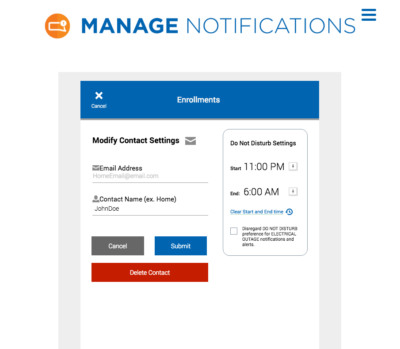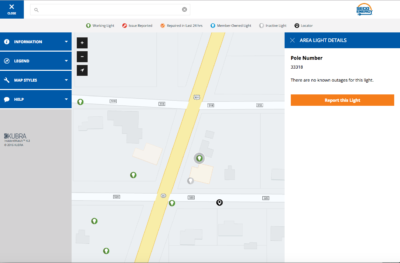SECO News, September 2018
DUNCAN’S DIGEST
PEAK OF THE SEASON
During the Atlantic hurricane season, September is generally the month when hurricane and tropical storm activity peaks. SECO Energy is Storm Ready and prepared for the worst. As of early August, there were only four named storms in the Atlantic. But experience teaches us to remain vigilant.
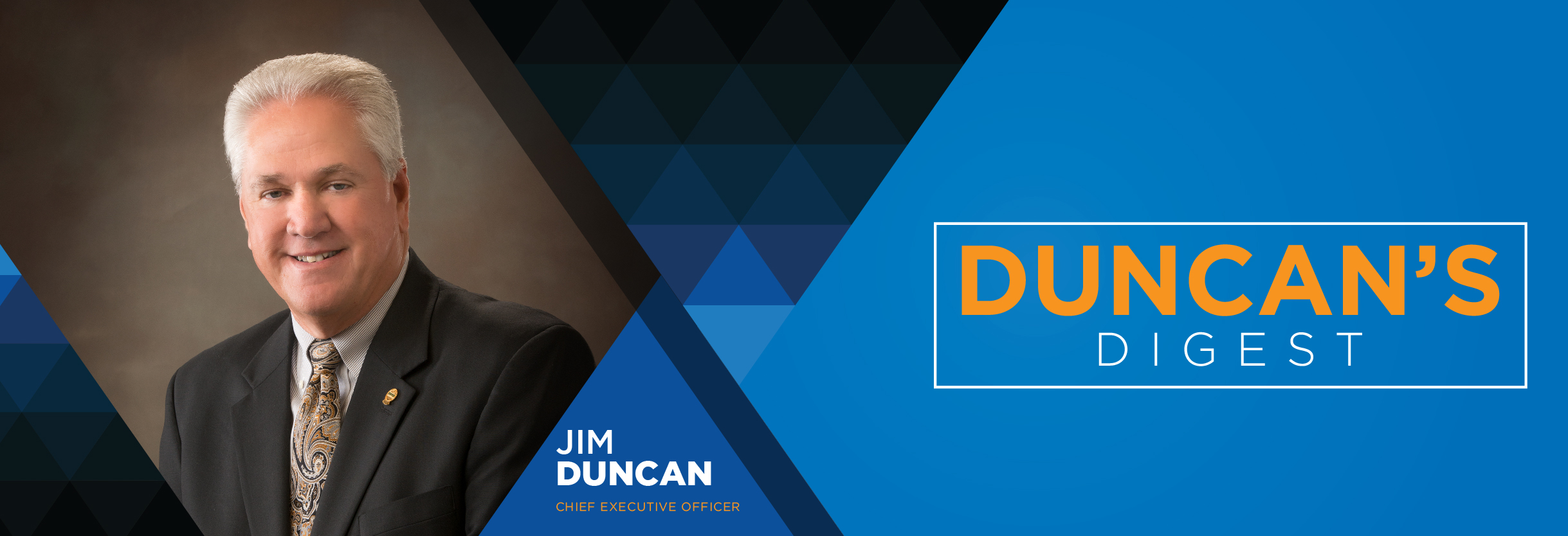
SECO’s expertly designed and well-built infrastructure is able to withstand Florida’s daily summer thunderstorms. Our Operations crews are available round-the-clock 365 days of the year to come running when rare outages occur. But when a tropical storm or hurricane heads our way during storm season, we go into ALERT mode – activating our proven emergency response plan. It’s an all hands on deck scenario – our call center, communications team and other essential personnel also shift to a round-the-clock schedule to assist members and support our field employees/contractors.
We’re ready. Are you? Take steps to develop your family’s emergency plan well in advance. Supplies sell out quickly when storms are near, so don’t be the people in Walmart fighting over the last case of bottled water. If you need help getting started with your family’s hurricane and emergency preparation, our Storm Preparation checklist is available to view on our website.
Where can you find outage information? SECO’s all-new outage reporting and communications platform StormCenter is available 24 hours a day, seven days a week.
You can access StormCenter with your smartphone or tablet. Before an outage occurs, visit our website and enroll in outage notifications. StormCenter allows you to decide how you would like SECO to communicate outage notifications and restoration updates. You can choose to receive voice messages, text messages, emails or all three – and set “do not disturb” times for your selections. If a hurricane event causes widespread outages and restoration will take days, SECO also publishes a map devoted solely to the daily restoration plan. Visit the Daily Restoration Plan on our website.
The SECO communications team is active on social media as well. “Like” the SECO Energy Facebook page and “follow” us on Twitter for outage and local weather updates. Find outage information and photos, ask questions, play trivia or enter a drawing for a chance to win bill credits or other prizes.
Read on for more preparation ”Storm Ready” instructions about generators, shelters and county emergency operations centers. It could save your life.
Sincerely,
Jim Duncan
Chief Executive Officer

MEDICALLY NECESSARY SERVICE
SECO Energy strives to provide world-class reliability to the over 200,000 homes and businesses in its service territory. Unexpected outages due to weather, vehicle accidents, equipment upgrades, trees or animal contact with lines, etc. means that SECO cannot guarantee 100 percent uninterrupted power.
If you or a loved one who is a resident on your premises needs an uninterrupted supply of electricity, please contact SECO. SECO will code your account as “critical” alerting our line technicians of a medical need in outage situations. Documentation from a physician is required to support the medical need – the required forms are available online.
Members who require medically essential equipment should take extra precautions during storm season. Have a plan in place for the possibility of lengthy outages. Consider evacuating to an area outside a storm’s probable track, purchasing and installing a generator or relocating to a designated shelter in your county.
A list of our seven counties’ Emergency Operating Centers (EOC) websites are listed below. Visit your county EOC website to sign up for county specific emergency alerts and notifications. The county EOC websites offer shelter information, hurricane preparedness tips and more.

EMERGENCY OPERATING CENTER BY COUNTY
Your counties’ Emergency Operating Center is a good source of emergency information before, during and after a major storm event. Visit your county EOC website and sign up for emergency alerts today.
Create a plan today to keep you and your family safe in the event of an emergency.
Citrus County EOC Phone: (352) 527-2106 and (352) 746-5470
Hernando County EOC Phone: (352) 754-4083 and (352) 754-4111
Lake County EOC Phone: (352) 343-9420
Levy County EOC Phone (352) 486-5213
Marion County EOC Phone: (352) 369-8100
Pasco County EOC Phone: (727) 847-8137
Sumter County EOC Phone: (352) 689-4400
Read the full September SECO News online.






